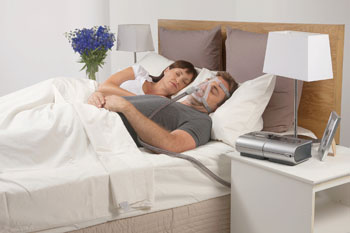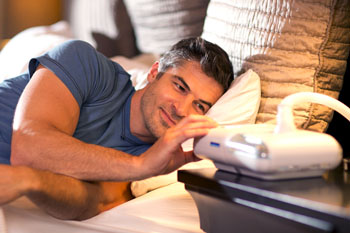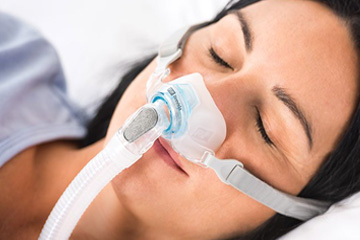Professional Services for All Your Sleep Technology Equipment

Post Menopause and Sleep
As we age we get to look forward to the golden years. Unfortunately, when it comes to women and their sleep, age does not often enhance.
Sleep apnea, defined as repetitive episodes of decreased or lack of airflow, is more common in men. However, the incidence of sleep apnea increases significantly as a woman becomes postmenopausal. This phenomenon may be related to the decrease in progesterone that occurs after menopause. Progesterone is a respiratory stimulant, and in fact prior to the development of much more effective treatments, was used (in the derivative form medroxyprogesterone) to stimulant breathing in patients with sleep apnea, with occasional success. Medroxyprogesterone (Provera) can cause gynecomastia in males limiting its usefulness.
Sleep apnea may result in morning headaches, feelings of fatigue and sleepiness during the day. Untreated sleep apnea can potentially contribute to various cardiovascular problems. Complaints of insomnia may also be seen with sleep apnea.
Hot flashes, which are often the most overt side effect of being postmenopausal, can also cause significant sleep disruption and insomnia. This sleep disruption can be quite severe, effecting daytime functioning.
There is an effective treatment to resolve sleep apnea, and there are a variety of ways to improve hot flashes. If the hot flashes are disabling enough, hormonal therapy can readily resolve the issue.
So… as we age it’s important to address our sleep issues if we truly want to enjoy those golden years. Hubby may not be the only one in the room snoring.

CPAP Machines

BiPAP Machines

